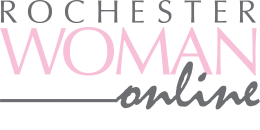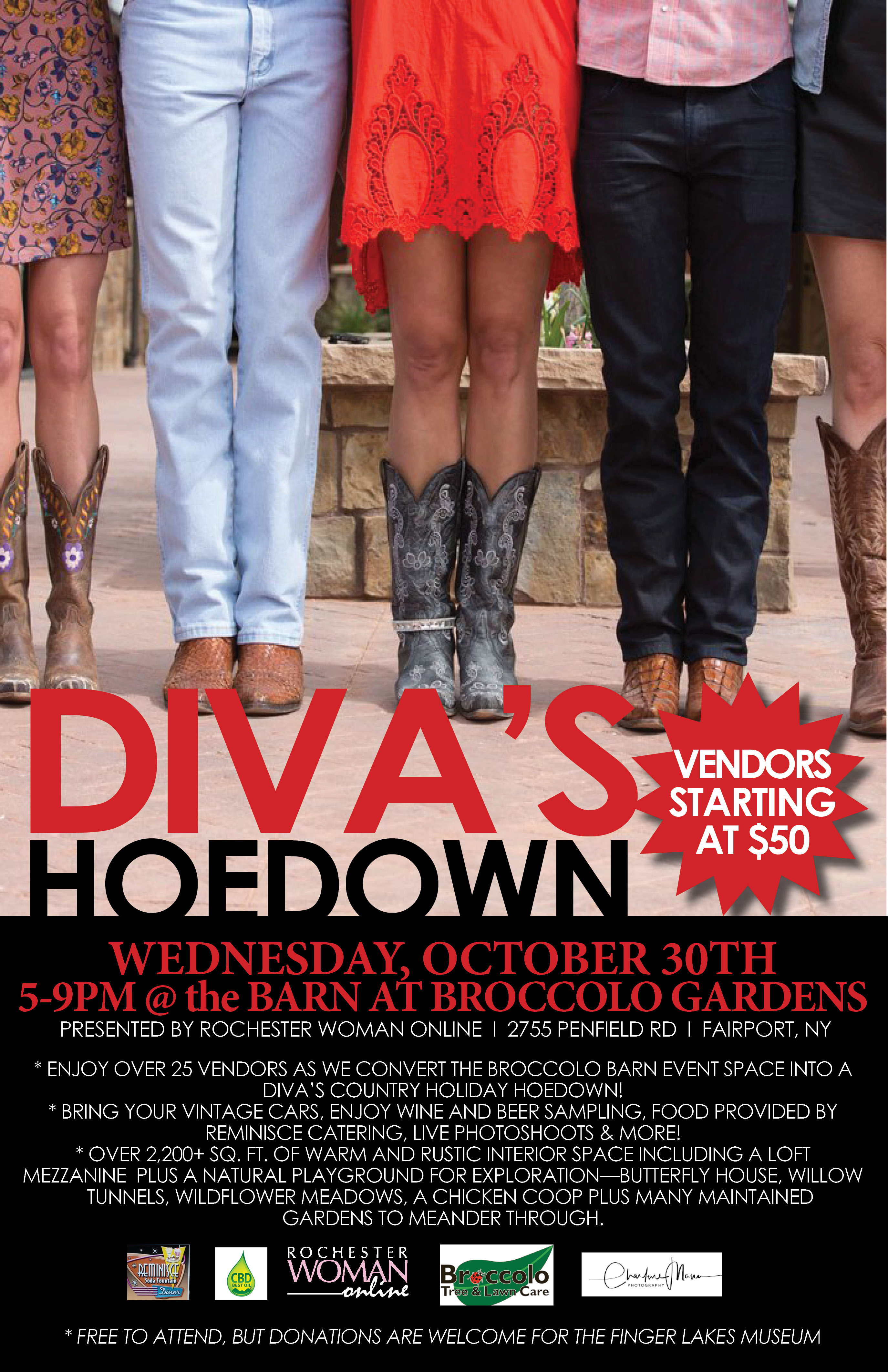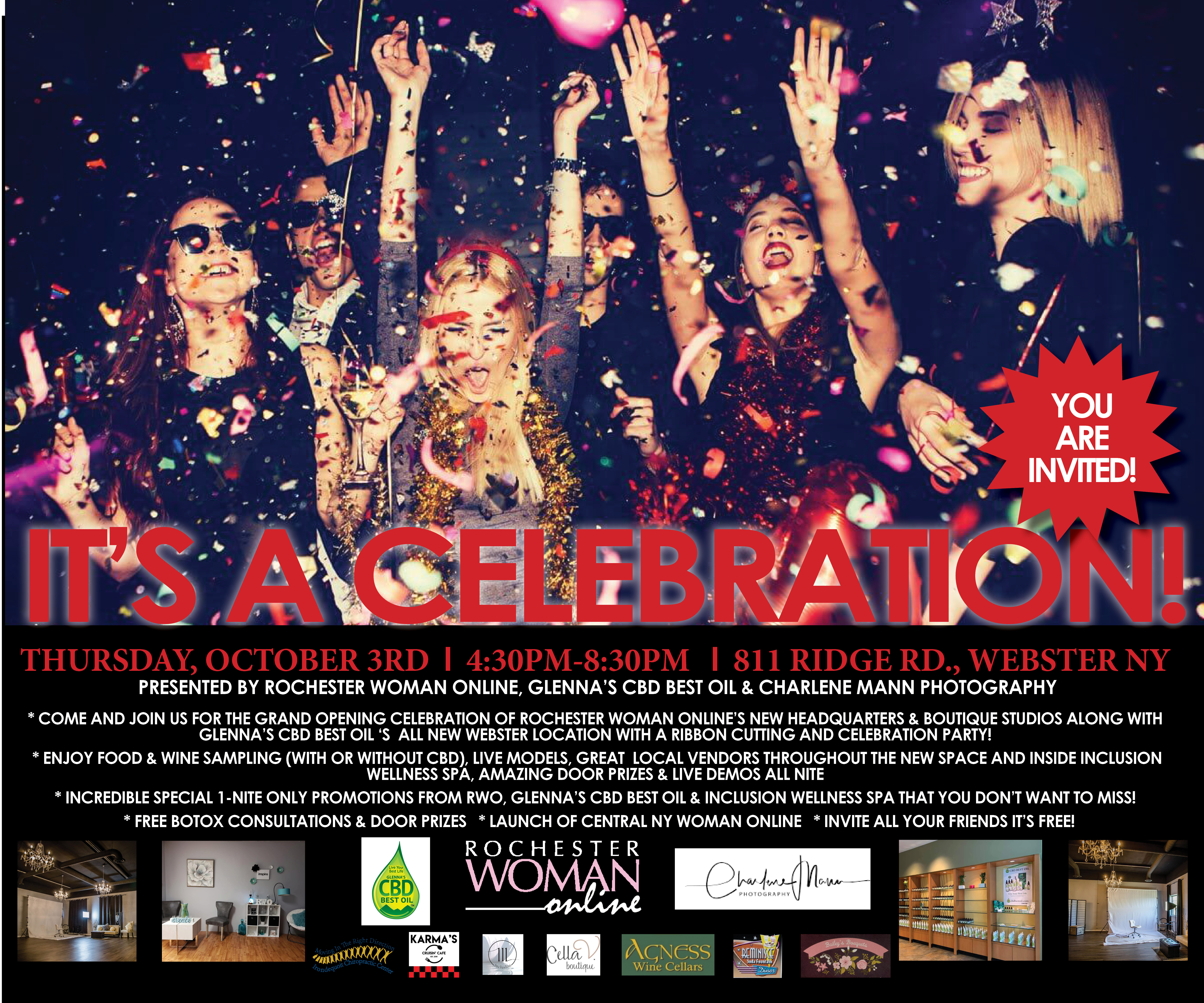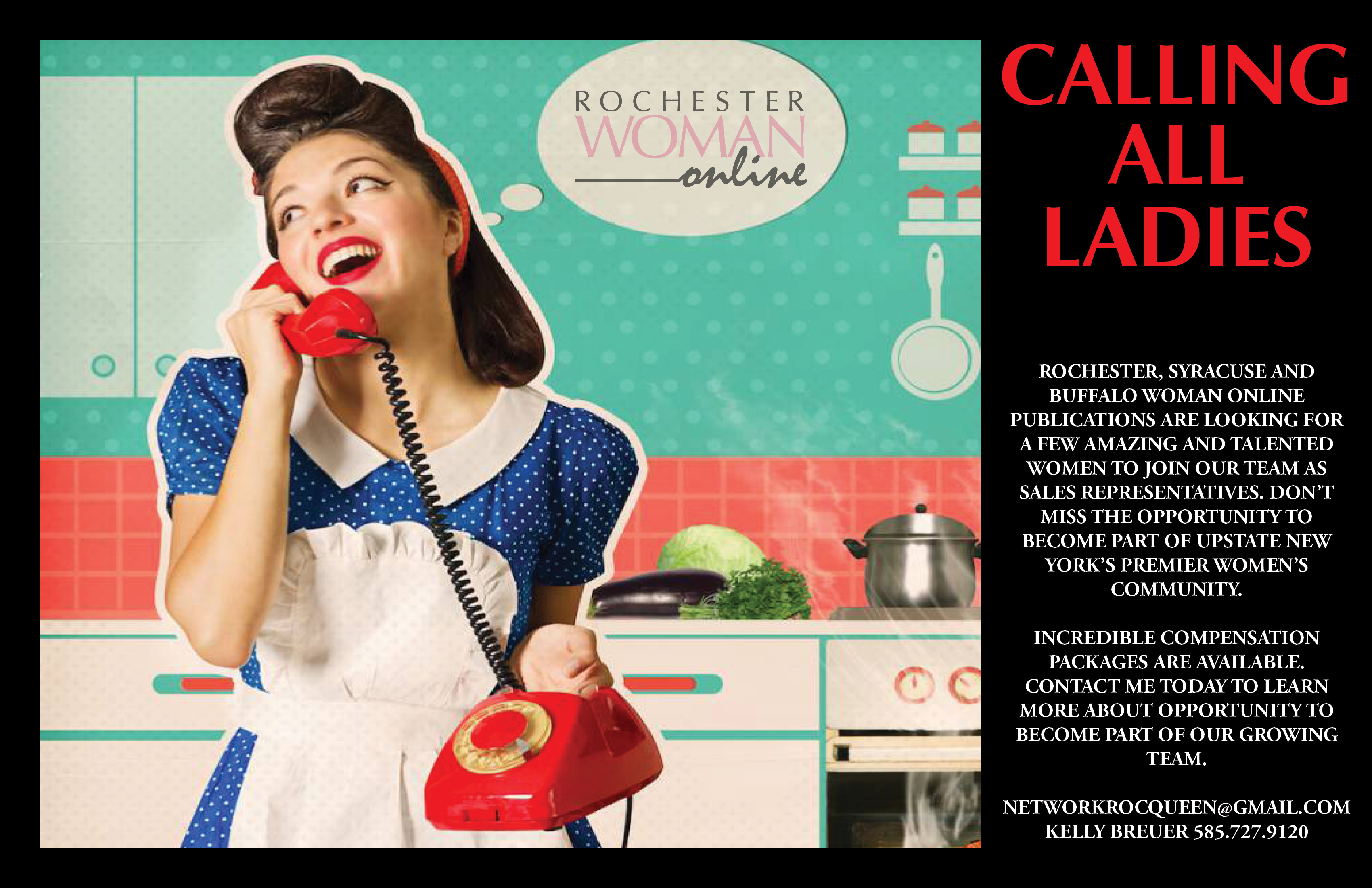ARTICLE BY NATALIE SINISGALLI & PHOTOS BY NSP STUDIO
I frequently hear people say they’re “just not creative”. As if you are either born with it, or you’re not. If you count yourself in the “not” camp, I have news for you. Creativity is within all of us. Like many things in life, it’s something you can practice and grow. There are many benefits to doing so. Creative thinking is how we reach new outcomes, how problems get solved, and where opportunities begin.
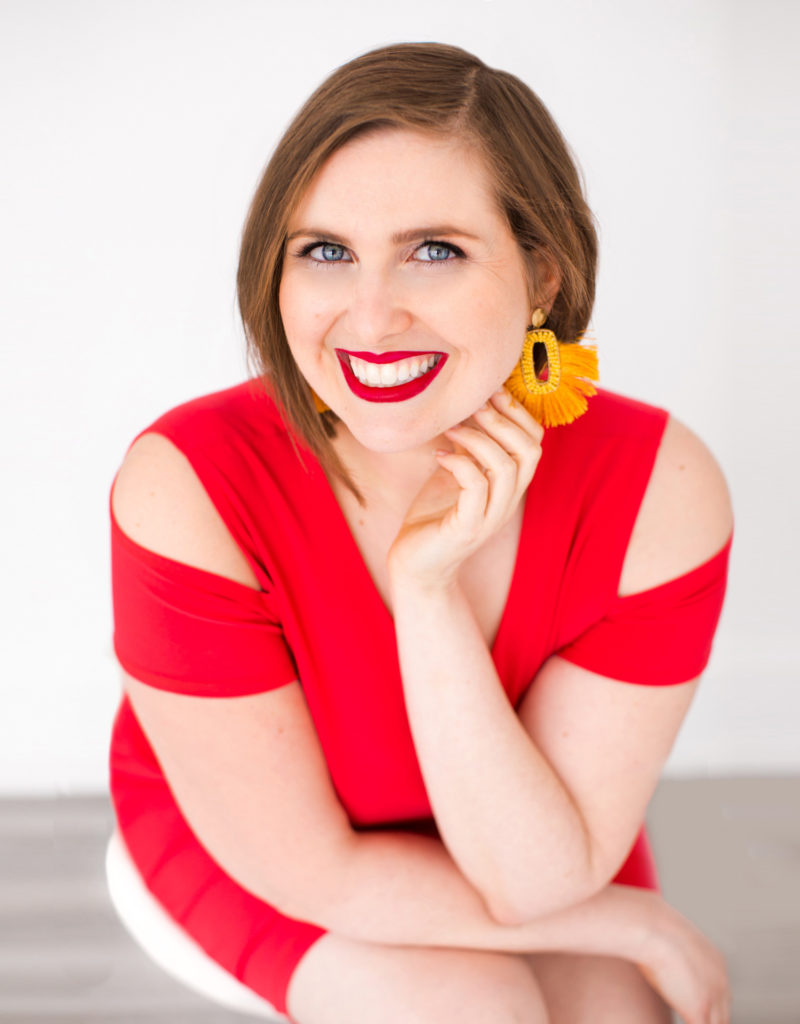 Many people confuse it with being “artsy” or “crafty”. It doesn’t have to be about painting or Pinterest or making a hat out of pipecleaners – creativity is a way of thinking that can be applied to any situation in your life. When you’re able to ask yourself new questions, carve new pathways in your brain and do things differently that you’ve done before it leads to growth and change. I believe it is one of our greatest hopes for a better future. As someone who was born with a decent dose of it, and then made (several) businesses out of creating for others, I’ve learned some lessons along the way.
Many people confuse it with being “artsy” or “crafty”. It doesn’t have to be about painting or Pinterest or making a hat out of pipecleaners – creativity is a way of thinking that can be applied to any situation in your life. When you’re able to ask yourself new questions, carve new pathways in your brain and do things differently that you’ve done before it leads to growth and change. I believe it is one of our greatest hopes for a better future. As someone who was born with a decent dose of it, and then made (several) businesses out of creating for others, I’ve learned some lessons along the way.
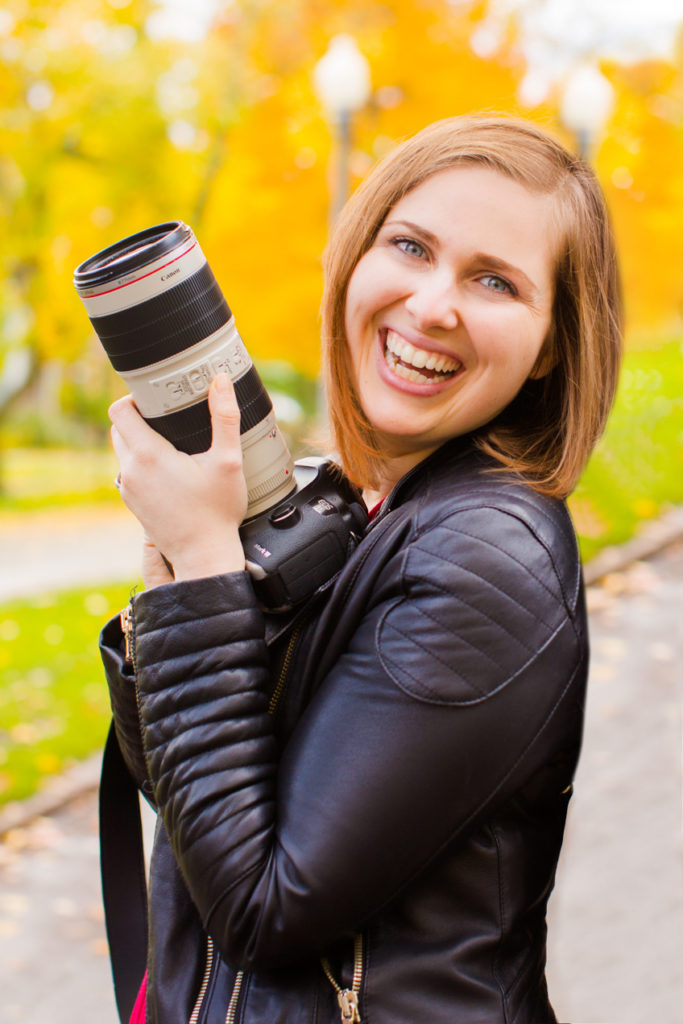 Creativity Needs Space
Creativity Needs Space
I’ve loved creating for as long as I can remember. When I was a kid, people always told me I was so “creative”…. I never really knew what that meant – it can take years to dissect the nuances of your own mind to identify how it operates differently from others. As a child, you could always find me surrounded by a sea of what most people would describe as “trash”. Cut pieces of construction paper, paint in various states of dry, markers, colored pencils, balled up papers, shards of ribbon, worn down crayons, dirty clothes, and snack wrappers lined the floor of my bedroom. My parents had a high threshold for my “artistic” nature, and would often (knowingly or not) let me stay up late working on my latest project. It could have been a painting, or a sculpture. Learning a song on guitar, or a project for Spanish class that didn’t actually require any art – but I’d decided to illustrate the whole thing anyway (made a lot of friends in that class…). My entire bedroom would be destroyed, but in the center of the chaos would be a small clearing with me sitting on the floor with the shining pretty thing I had made. My parents used to joke that I’d never need a new carpet in my bedroom because it always had a protective layer of clothing on it (this actually ended up being true). I’m very grateful and fortunate for this upbringing. Other parents certainly could have labeled me “messy”, “destructive” or a “procrastinator”. Thankfully, mine described me as “creative”.
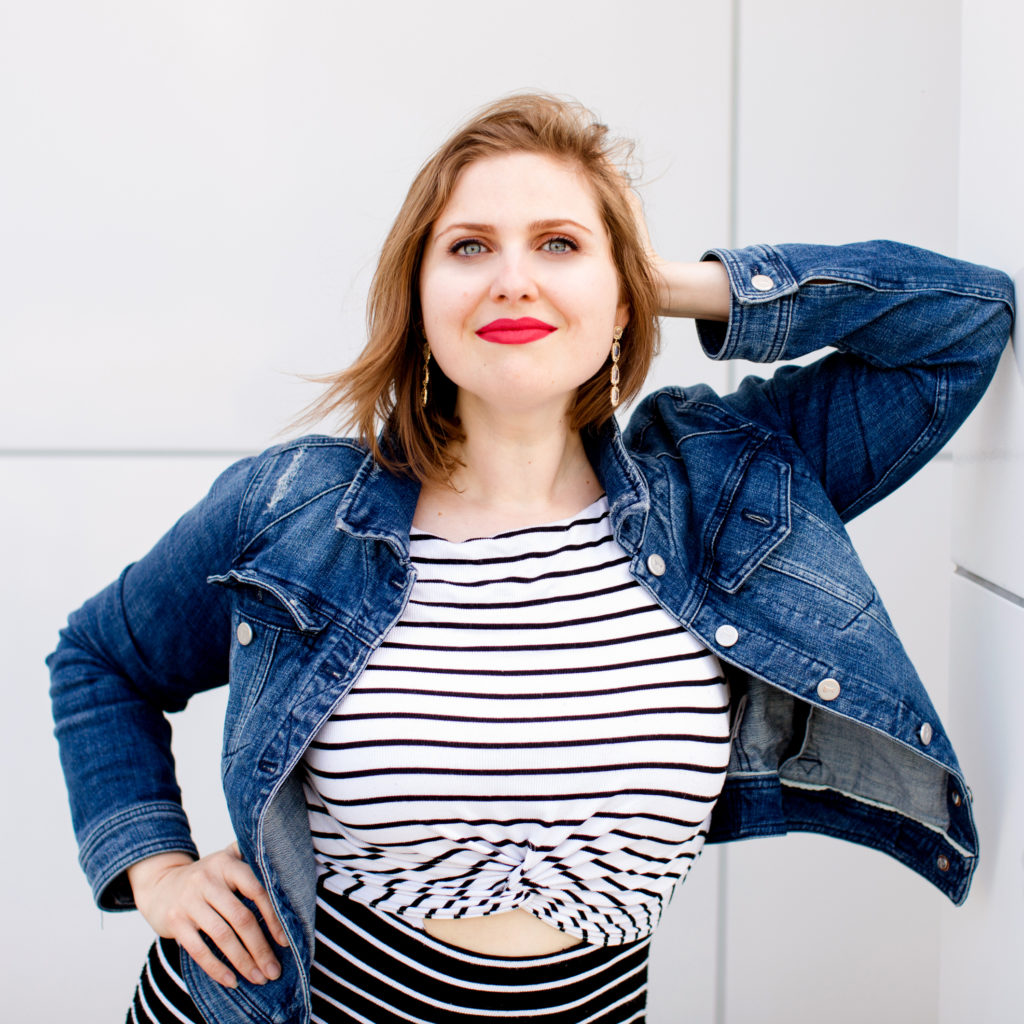 Creativity Can Be Spontaneous
Creativity Can Be Spontaneous
When the time came for me to choose a career, it surprised no one (but me) that I chose photography. I had spent the last 4 years playing scientist at the Rochester Institute of Technology, where I had chosen a pragmatic degree in Imaging & Photographic Technology, authored two peer-reviewed journal papers and even completed an internship at NASA. However, at the very last moment (2 days before I was scheduled to start graduate school with a full scholarship), I decided to pivot and start a photography business. On a Friday afternoon I created the framework for what would eventually become NSP Studio (formerly Natalie Sinisgalli Photography). While it started out running very similarly to a talent show mixed with a hobby, it ended up being so much more. More on that later. In the meantime, the need to produce my art for other people at a scheduled date and time provided me with my first real lesson in what I’d call “creativity on demand”.
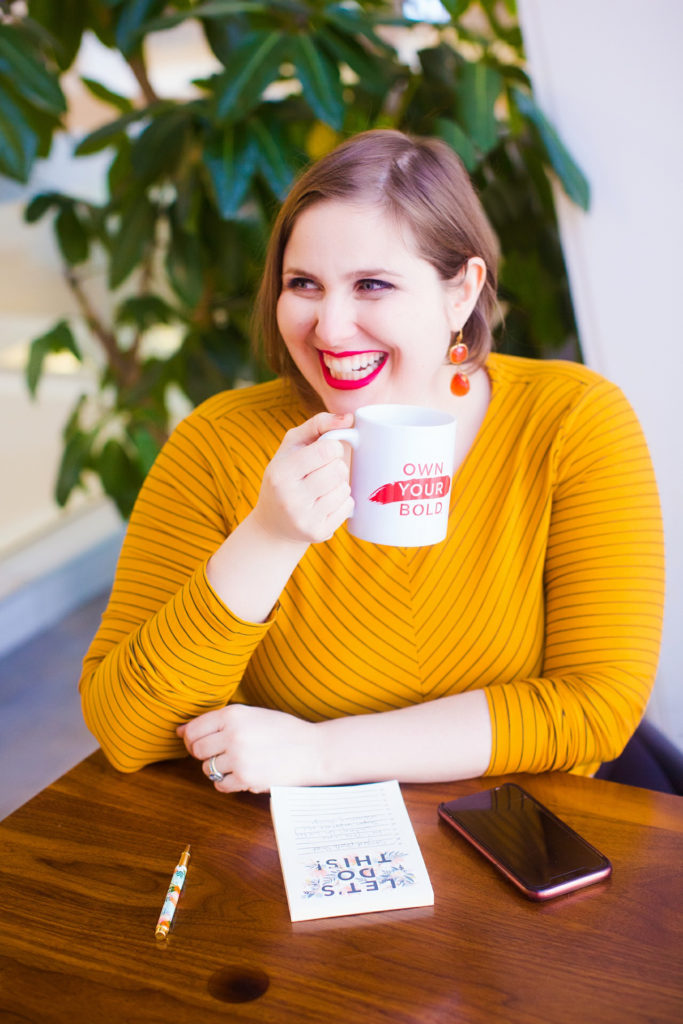 Creativity Born of Restriction
Creativity Born of Restriction
Going from my pre-business life of taking photos when and where things interested me to suddenly being told what (or more accurately who) I was photographing and at what time took some adjustment. I suddenly had to “create” at the drop of a hat, and under varying circumstances. While you might think that the more time and tools you have the better the outcome, I’ve found the opposite to be true. By putting myself in situations where I had little control over the elements (weather, time of day, lighting, wardrobe, backgrounds, etc.) I was forced to find creative solutions and techniques I would have likely never learned otherwise. It was uncomfortable and sometimes stressful during the process, but the more I challenged myself to thrive in difficult or unknown situations, the more trust I built in my ability to creatively problem solve. This is one of the reasons why wedding photography is still so fun and rewarding for me after 13 years. In addition to capturing once-in-a-lifetime moments for my clients, I get to do so under sometimes impossible-seeming time restraints, personalities, inclimate weather and countless other challenges that arise during our up to 12 hour shifts.
Creativity Can be Taught
I used to think that photography was something you could only “learn” from a technical standpoint, and that you couldn’t teach having an “eye” for it. I was wrong. Over the years I have trained many young photographers to shoot for me, and over time I’ve built a framework that teaches the tenants of our studio’s look and quality of photography, while allowing their individual creativity to shine. It has infinitely more to do with my prospective photographer’s attitude and whether they have a desire to learn and create than it does with any innate talent they arrive with. While my team doesn’t enjoy every lesson (we joke there are “firey hoops” one has to jump through to shoot for NSP Studio) – they have always later thanked me and come out as much stronger artists and creators for it.
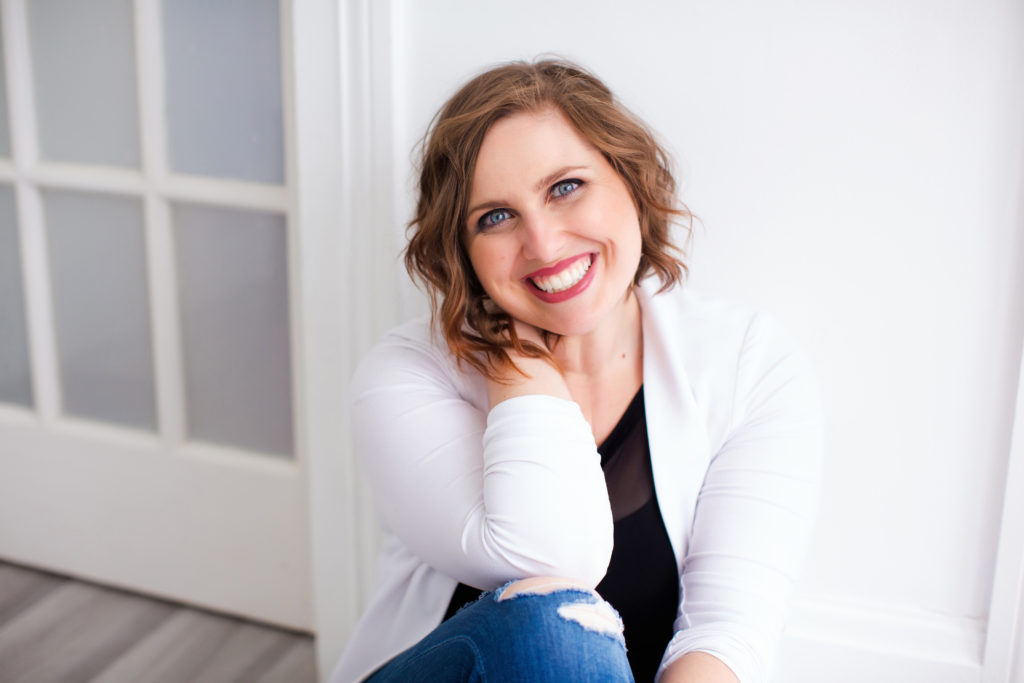 Unintentional Creativity
Unintentional Creativity
About 8 years into running my photography studio, I came to a profound realization. I noticed that client after client would comment on how comfortable they felt at my studio. Many would exclaim that they would love to come over to just chat any day. They would find any excuse to stop by, or even to schedule a shoot. Without realizing it, my team and I had created a safe space for women to be vulnerable and feel beautiful. We made a sacred space for women to be heard and to connect with themselves and each other. Regardless of their age, weight, race, religion, sexual orientation, our studio had become a judgement-free space in a world that is often devoid of one. Once I realized this was the service we were actually providing – I doubled down on it. We started doing it on purpose and investing in the enhancement of that experience and coming up with new ways to help women feel safe and valued.
Creating income
As a young adult and even in my early years as a business owner, I thought ‘business’ was something engaged in by men in suits who worked in fluorescent lit office buildings. My only interest was in creating art, not money. That mindset led me to near bankruptcy and almost having to close my business. I soon realized if I couldn’t figure out how to make money with my craft, I wouldn’t be able to continue doing it. I found a business coach and pivoted hard. I changed everything about how my business functioned, and it ended up paying huge dividends. Much to my surprise, I loved the process. Business and marketing became fun for me – another outlet for my creative thinking. So much so, that in 2019 I decided to start another business (Embolden) dedicated to helping other women succeed in business. As women we are naturally creative thinkers, and have so many gifts that are perfectly suited for entrepreneurship. At Embolden I support women through 1:1 business coaching and my weekly podcast, providing tools and resources for success. Speaking of my podcast…
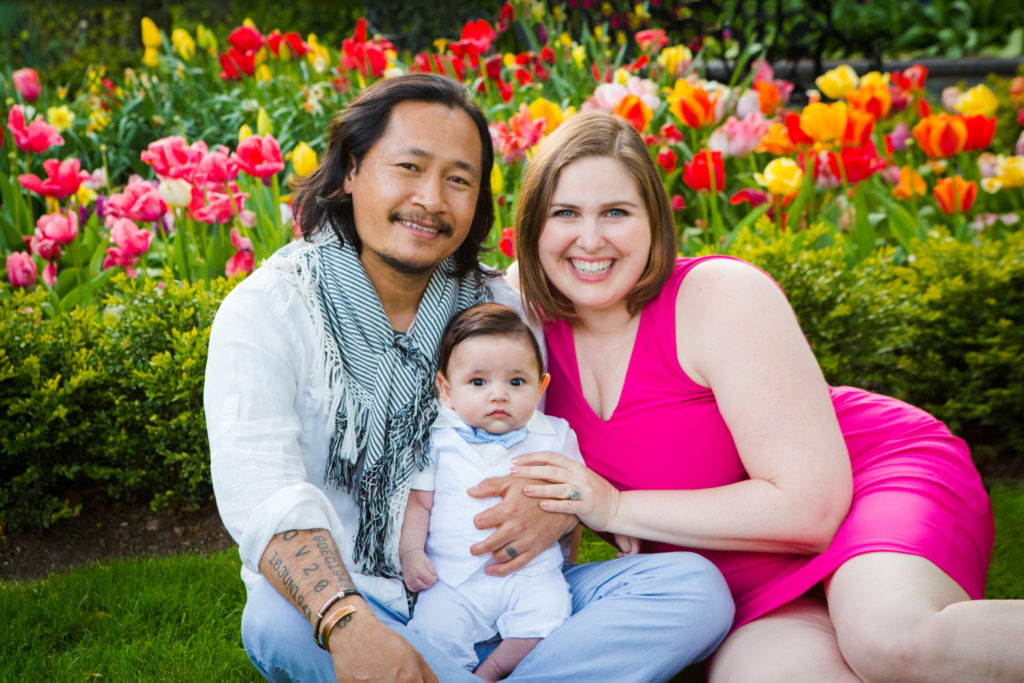 Creating can be scary
Creating can be scary
By this point it sounds like I might be immune to the stress and anxiety that comes with starting something new – but that’s far from the case. A perfect example can be found in the day I decided to begin working on my podcast. I’d had the idea for months, and I finally set aside a whole day to take my microphone out of the box, and plug it in. I told my entire family I’d be unavailable that day, I was starting my podcast. I settled into my office chair to get down to it. The chair felt uncomfortable… intolerable actually. Strange considering I sat in this chair every day. A grumble of my stomach revealed that I was starving, I certainly couldn’t work in this state of hunger. Then I remembered I’d literally just eaten an entire meal. A headache pang shot through my temple. I never get headaches. It took me just a moment to figure out what was going on here. I was scared. I had never done anything like podcasting before, and I felt uncomfortable doing something new. My body was literally trying to protect me from what it identified as a risk. I pushed through. About 2 hours into basically forcing myself to work on this task, it eventually got better. It became fun even. I hit my stride, got all the tech sorted out, laid out an entire season’s worth of content and guests, my creative engine firing on all cylinders. That energy was found on the other side of some scary work.
Creating can be cathartic
Having my first child at the onset of the coronavirus crisis has been stressful to say the least. I will forever remember the moment I heard the word “pandemic” from my hospital bed holding my one day old baby boy. A few weeks later I found myself isolated, on my scheduled “maternity leave”, but tasked with picking up the pieces of my suddenly insolvent business and trying to provide leadership and encouragement to my team while having no answers of my own. One of the things that has really gotten me through this period is creating. Pivoting. Problem Solving. Making. Doing. My team and I immediately got to work on an extensive online course called Camera Bootcamp, a how-to guide for camera owners who want to capture the moments of their lives, but don’t know how to confidently use their cameras. We then built an entire educational branch to house it (NSP Academy), complete with an email newsletter, sales funnel and sales page. We’re about to launch another course on how to take better cell phone photos. Another on product photography, and yet another on Lightroom. In my personal realm I’ve started a storybook themed photo project of my son. These creations have provided comfort, financial stability, purpose for my team, and sense of accomplishment in uncertain times. Through this crisis, I am confident a new and better version of my businesses will emerge. And I will create it.
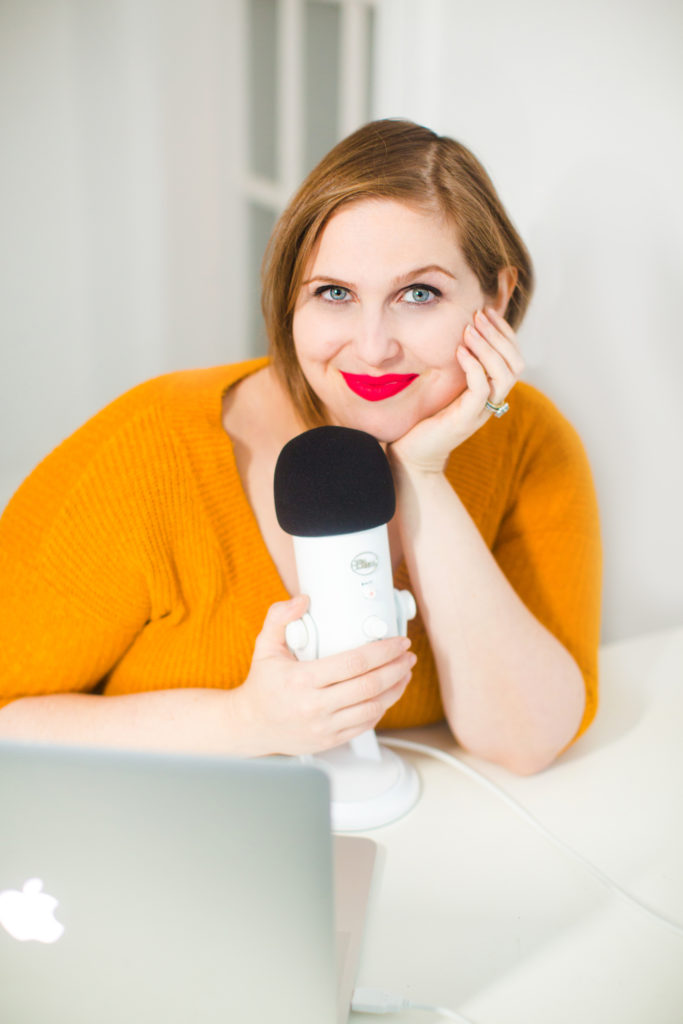 My top 10 tips to inspire creative thinking:
My top 10 tips to inspire creative thinking:
1. Start with curiosity. Curiosity is a gift of childhood that is frequently trained out of us through the process of “growing up”. Attending a school where you must do what you’re told to succeed, following the rules and structures from your parents and society for fear of consequence. Now I’m not saying we should let kids put their fingers in the electrical outlets they’re so curious about – but I think it’s important to not temper their inquisitive natures entirely. As adults our brain spaces are filled to the brim with responsibilities and shaped by our rule-driven upbringings. It can make it feel as though there is no time to entertain “I wonder…” and “what if….” thoughts. The next time you find something interesting or a question pops into your head, let it stay there for a little while. You might be onto something.
2. Learn to ask the right questions – When I started dating my now husband, one of our conversations led to a statement I didn’t fully understand at the time. He has basically two modes of conversation – he’s either setting up an elaborate joke, or dropping some serious wisdom. The latter is less frequent and therefore more impactful when it occurs. He told me – “it’s not about having the right answer, it’s about asking the right question”. I looked puzzled. “Instead of an engineer asking ‘how should I design this car’ you should ask ‘what is a car?’. The idea is this – take a step back and analyze the situation from different angles. Ask many questions and don’t immediately start down a path. Figuring out what question to answer is half the work.
3. Silence the critic – Your “inner critic” is the enemy of creativity. Ideation is a process of its own, and there is no reason for reality to squelch your ideas before they’ve had time to fully form and be explored. Allow yourself more time than usual to live in the “what if” phase without immediately jumping to concerns of practicality or feasibility.
4. Play – There’s a reason highly innovating companies like Google and Apple have ping-pong tables in their employee’s offices. When your brain is allowed the freedom to explore and have fun, it can make connections it might not have otherwise had the bandwidth to make. If you’re stuck on a problem, take a break and do something that allows your mind to wander.
 5. Identify a need – “Necessity is the mother of all invention”. If you don’t believe me, watch an episode of Shark Tank… nearly every creator’s origin story starts with a problem or a need they experienced and decided to create a solution for. Next time you think “why hasn’t anyone made this yet?” it just might be because you are the one who’s supposed to make it.
5. Identify a need – “Necessity is the mother of all invention”. If you don’t believe me, watch an episode of Shark Tank… nearly every creator’s origin story starts with a problem or a need they experienced and decided to create a solution for. Next time you think “why hasn’t anyone made this yet?” it just might be because you are the one who’s supposed to make it.
6. Curate or change your space – We humans are incredibly sensitive to our surroundings, consciously or subconsciously. I find myself feeling most creative when I’m in a new setting – on travel or in a funky coffee shop. If I have to stay home, I’ll at least tidy the room I’m working in (usually still littered with dirty clothes and snack wrappers from when I was 8 years old). A clean space has more energy and you will not feel weighed down by the chores that (always) need to be done.
7. Pay attention to how you feel – you may find you feel most free or creative in the morning when you first wake. Personally I’m a night owl – something shifts in my brain around 11pm and I start to get my best focus of the day. If you need to perform a creative task, try to schedule it around your natural rhythm for creativity instead of trying to conjure it.
8. Keep an Idea list – If you’re anything like me, your to-do list is a sacred thing. You’re also likely not looking to make it longer. I’ve found success in keeping a separate idea list where I can save my more random project ideas until the time is right to pick them up and implement them (like a global pandemic). Sometimes space from an idea is all you need to decide if it should stay an idea, or if you’re something you should bring to life.
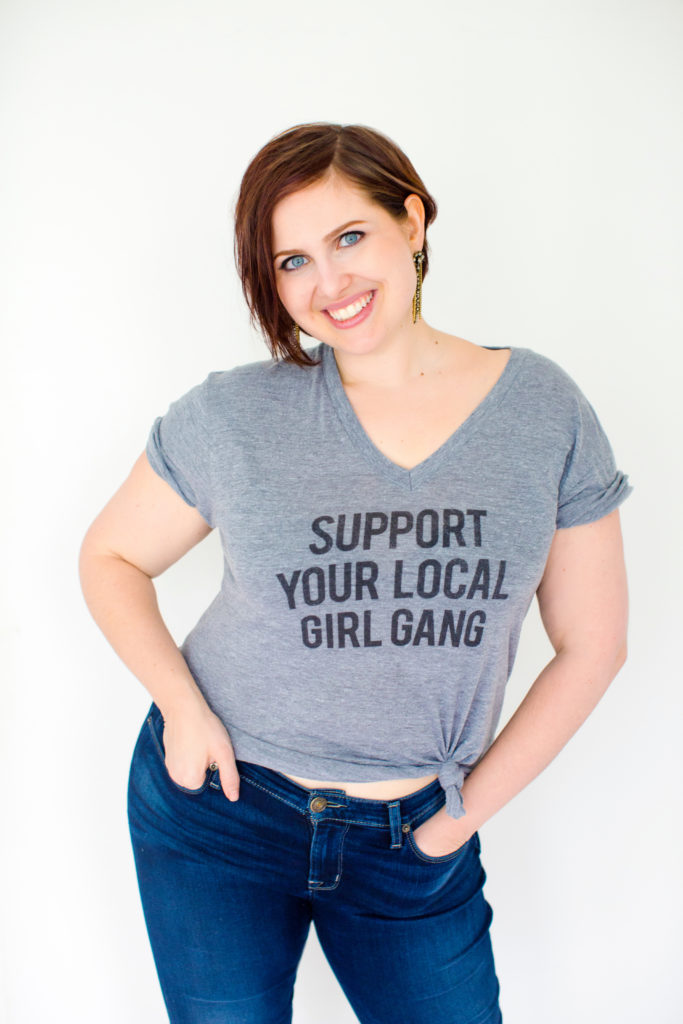 9. Clear your mind – Historically I’ve been skeptical of meditation and yoga. I was worried if I stilled my busy mind I wouldn’t be as productive or driven. When I became pregnant last year, my hormones served me some mental and emotional curveballs. I found myself headed for a breakdown. In an attempt to get a handle on myself I scheduled a private yoga session with now mindset-mentor Jill Samson. I worked with her every week for an entire year, and the clarity and focus I’ve gained is greater than I could have imagined. I always keep a notebook near my yoga mat because I tend to have my best ideas there. If you’re not into meditation, try taking a walk or a long shower.
9. Clear your mind – Historically I’ve been skeptical of meditation and yoga. I was worried if I stilled my busy mind I wouldn’t be as productive or driven. When I became pregnant last year, my hormones served me some mental and emotional curveballs. I found myself headed for a breakdown. In an attempt to get a handle on myself I scheduled a private yoga session with now mindset-mentor Jill Samson. I worked with her every week for an entire year, and the clarity and focus I’ve gained is greater than I could have imagined. I always keep a notebook near my yoga mat because I tend to have my best ideas there. If you’re not into meditation, try taking a walk or a long shower.
10. Be patient – Practice makes perfect. Creativity is a muscle that you can build, it doesn’t need to happen over night. The more you engage in creative thinking, the more success you will experience in doing so. Don’t be discouraged if your first few “creative” endeavors fail – that’s part of the process. So pick a few of your favorite tips from this list, and get thinking creatively today!
NSP Studio Website: www.nspstudio.com
Instagram: nspstudiodotcom
Embolden Website: www.ownyourbold.biz
Instagram: emboldenbiz
Own Your Bold Podcast: wherever you listen to podcasts, or at www.ownyourbold.com
